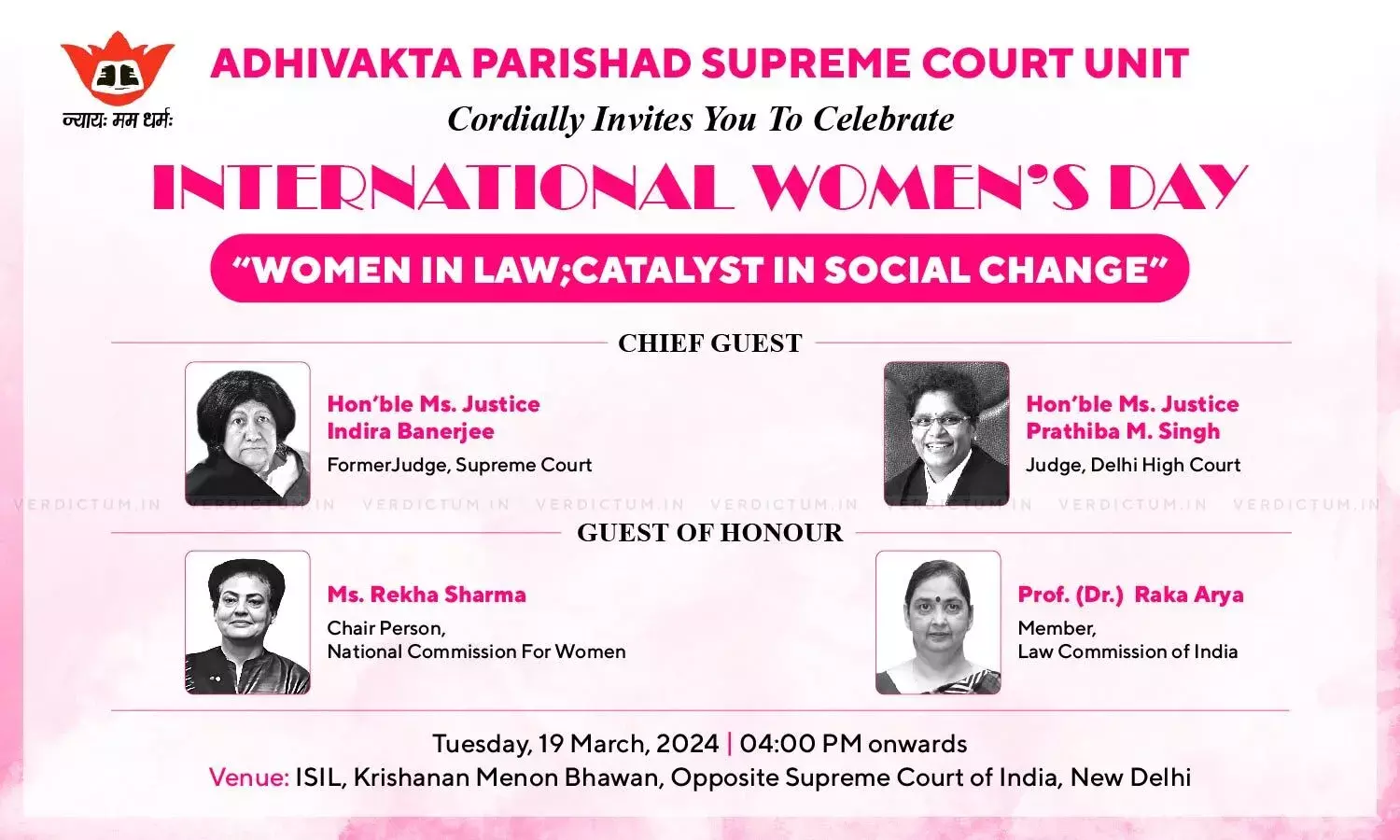Woman laws at Oman
Here’s a refreshed and comprehensive overview of women’s legal rights in Oman, reflecting both legislative frameworks and real-world challenges:
1. Constitutional Protections vs. Personal Status Laws
Oman’s Basic Statute (Article 17) prohibits gender-based discrimination
In practice, however, the Personal Status Law contains entrenched biases:
Marriage: A woman needs a male guardian (wali) to contract marriage; men do not
Divorce: Husbands can divorce without reasons, while women must petition courts and often pay compensation (khula)
Guardianship and Custody: Fathers retain guardianship even if the child lives with the mother .
Inheritance: Women inherit significantly less than men under Islamic rules (e.g., wife gets ¼ if no heirs, husband gets ½ if none)
CEDAW reforms made little impact—in 2017, U.N. bodies noted insufficient progress toward gender equality in family laws
2. Civil Rights, Judiciary & Political Representation
Women in Oman enjoy rights to education, property ownership, and pay parity under labor law
However, no woman has ever been appointed as a judge, despite eligibility under law, and women remain underrepresented in high judicial positions
In politics, women hold only about 13% of ministerial roles and just over 20% of State Council seats
3. Labor Rights & Working Conditions
Oman’s 2023 Labor Law expanded working women’s rights:
98 days of paid maternity leave,
One hour per day for nursing during the first postpartum year,
Up to 1 year unpaid child care leave,
Employers with more than 25 female employees must provide a rest area
Discussions remain unclear on whether these apply fully to expatriate women—some reports suggest discrepancies
Note: female workers are legally paid equally for equal work, and cannot be dismissed due to pregnancy
4. Domestic Violence & Sexual Rights
Oman has no specific law criminalizing domestic violence or marital rape. Assault is only prosecutable under general criminal provisions, and marital rape is not recognized.
Sexual harassment is not explicitly criminalized, and sexual relations outside of marriage (zina/adultery) are criminal offenses; the laws disproportionately penalize women—pregnancy can serve as evidence in such cases.
5. Nationality Laws — Persistent Gender Bias
Omani men can automatically pass nationality to their children and foreign spouses.
Omani women, married to non-Omani men, face severe restrictions: they can transmit nationality only if widowed, divorced, or abandoned (10+ years), and must meet residence conditions. Foreign husbands must wait 15 years, compared to 10 for women married to Omani men.
6. Migrant Women & Labour Protections
Under the Kafala system, female domestic workers (often migrants) are highly vulnerable—subjected to abuse, confiscation of passports, and exploitation—in some instances amounting to forced labor.
7. Women's Advocacy & Institutional Support
The Omani Women’s Association (OWA), established in 1970, catalyzed women’s social advancement—championing education, civic involvement, and legal awareness. It later became part of the government structure.
In 2003, Sheikha Aisha bint Khalfan bin Jameel became Oman's first female minister—a significant milestone in female representation.
Summary Table
| Area | Current Status |
|---|---|
| Family Law & Inheritance | Discriminatory personal status laws persist |
| Civil and Political Rights | Legal equality exists, but women are absent from judiciary and underrepresented in governance |
| Labour Law & Maternity Rights | Expanded protections, but expatriate women’s coverage unclear |
| Violence & Sexual Offenses | No specific laws; harassment, marital rape, and abuse largely unaddressed |
| Nationality Rights | Omani women face limitations in passing nationality to spouses and children |
| Migrant Domestic Workers | Kafala system leaves them susceptible to abuse and lack of legal protection |
| Advocacy & Leadership | Established women's institutions exist; symbolic ministerial milestone achieved |
Final Thoughts
Oman illustrates a case of legal progress constrained by deeply embedded cultural, religious, and tribal barriers. While women have gained educational and economic ground, structural inequalities remain prevalent—particularly in family law, personal autonomy, and the treatment of migrant women.
















0 comments